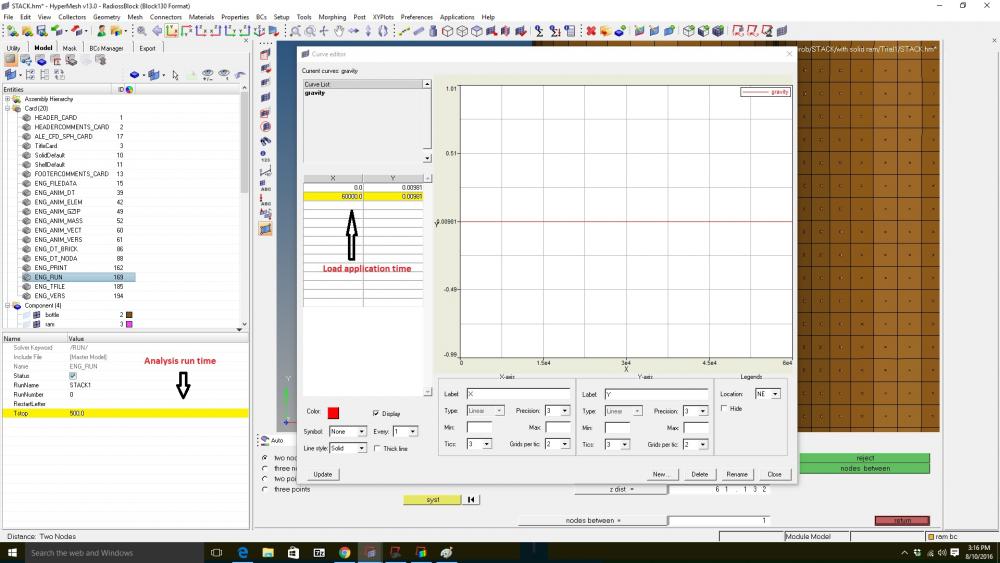Hi,
I have query regarding analysis run time and load application time(loading condition).
Is it necessary that analysis run time and load application time should be same?
Herewith sending the a .jpg file for reference whereas run time is 500 millisecond and load application time in curve is 60000 millisecond.
Kindly suggest the solution.
Thank you.<?xml version="1.0" encoding="UTF-8"?>